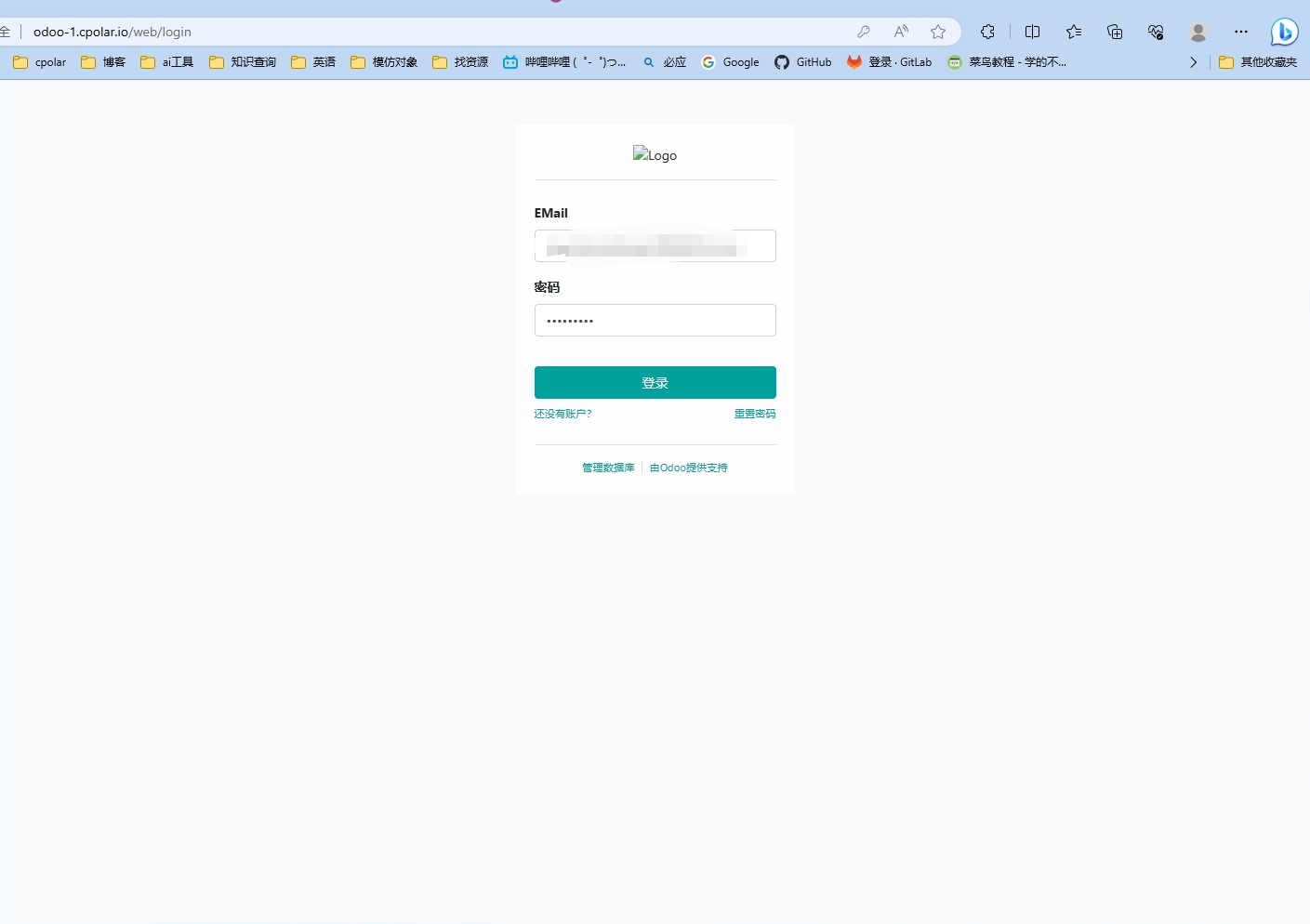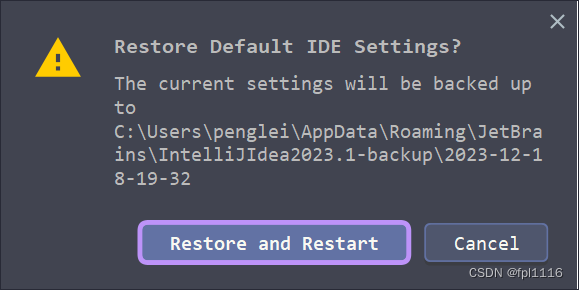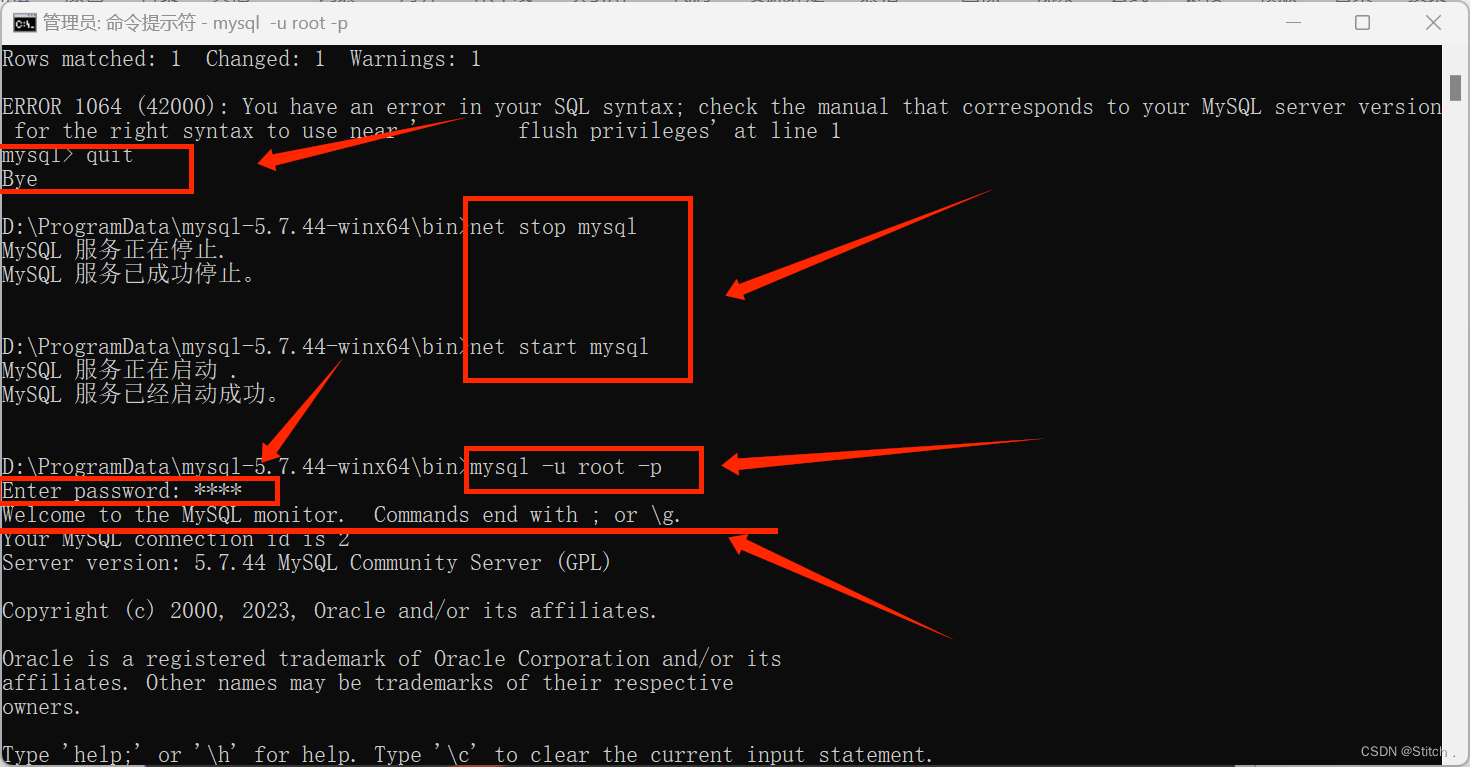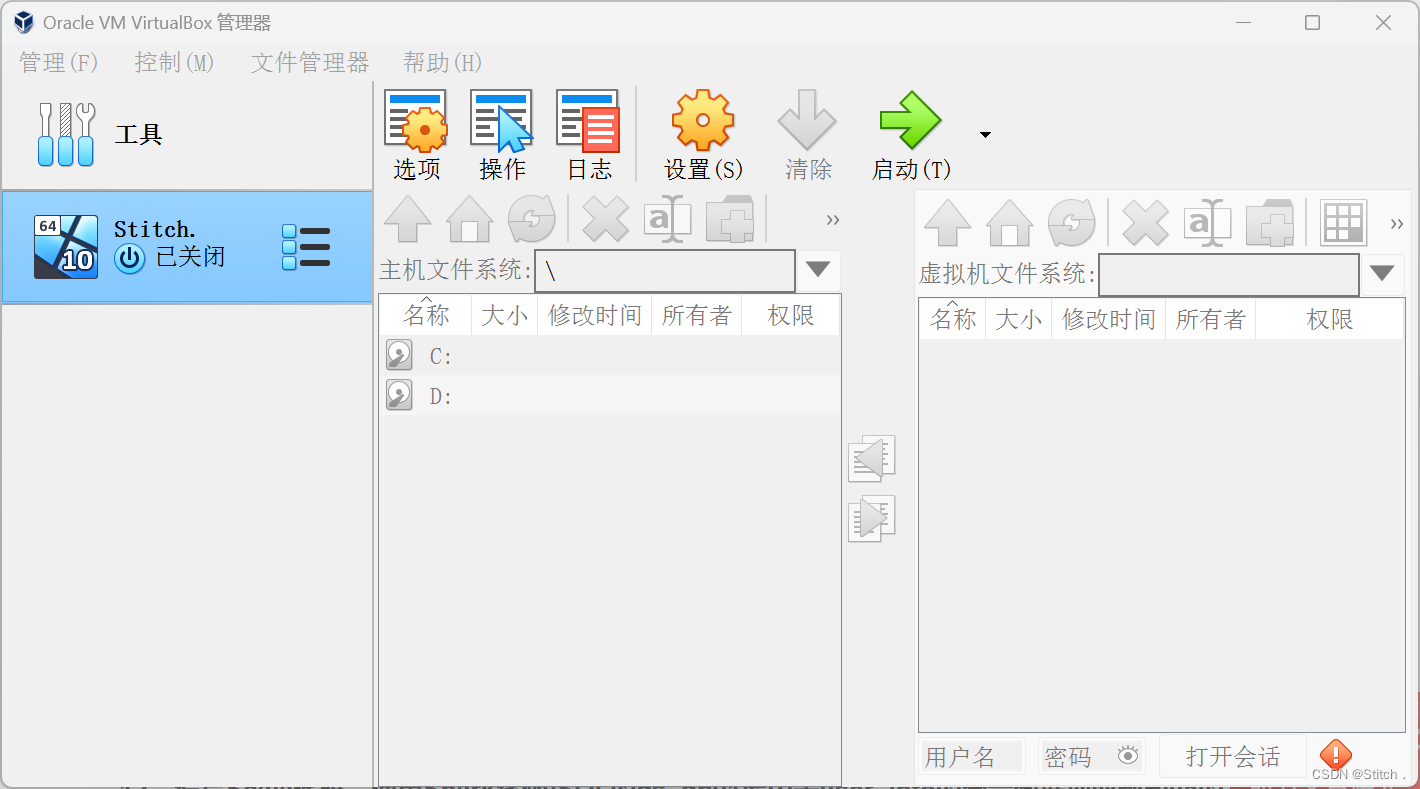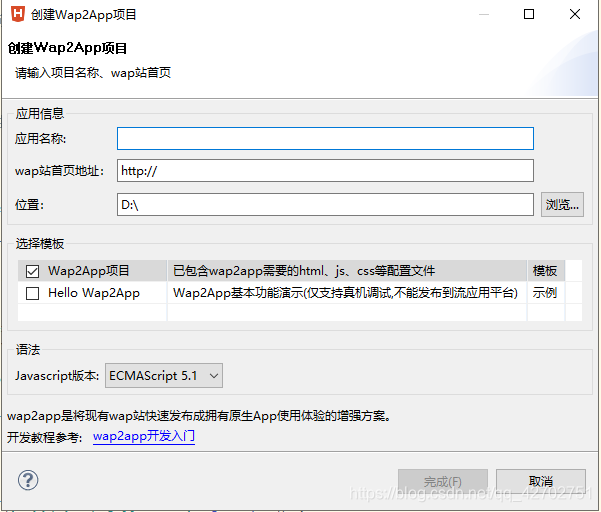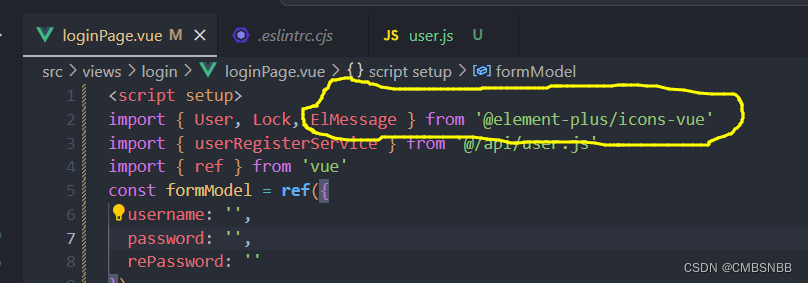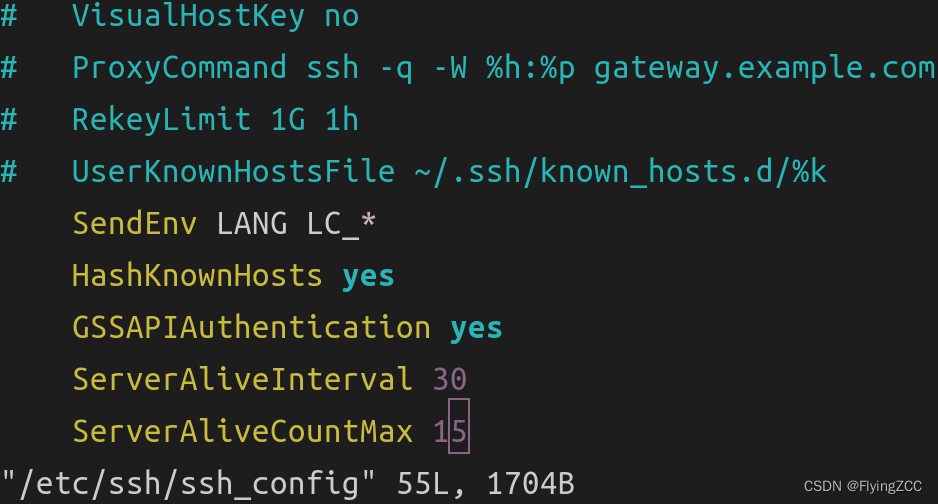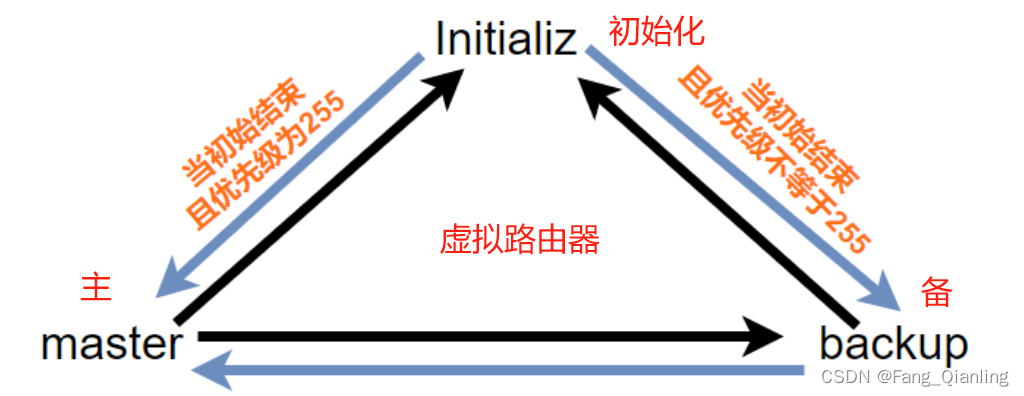YOLOV7
官方代码Yolov7
测试官方案例
1、下载下来先按照github教程下载yolov7.pt权重
2、pycharm(或其他)打开detect文件,修改权重路径和推理图片的路径,分别是
parser.add_argument('--weights', nargs='+', type=str, default='yolov7.pt', help='model.pt path(s)')
parser.add_argument('--source', type=str, default='inference/images', help='source') # file/folder, 0 for webcam
运行结果保存在runs/detect/exp文件夹下,运行结果如图:

创建自己的数据集
感受了yolov7之后,就是训练和运行自己的数据了。
划分数据集
其实很简单,只需要创建为如下txt文件即可!
此文件需要train.txt、val.txt和test.txt,每个文件都是数据绝对路径
注:没有根据官方那样搞文件夹的形式,有点麻烦,所以自己写了
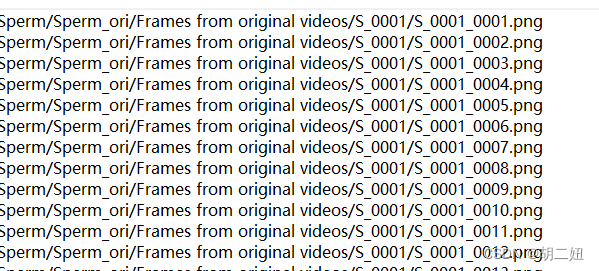
以精子数据集为例,下载链接
划分代码如下:
import os
import shutil
import xml.etree.ElementTree as ET
classes = ["S", "Impurity"]
def convert(size, box):
dw = 1. / size[0]
dh = 1. / size[1]
x = (box[0] + box[1]) / 2.0
y = (box[2] + box[3]) / 2.0
w = box[1] - box[0]
h = box[3] - box[2]
x = x * dw
w = w * dw
y = y * dh
h = h * dh
return (x, y, w, h)
def convert_annotation(in_file, out_file):
tree = ET.parse(in_file)
root = tree.getroot()
size = root.find('size')
w = int(size.find('width').text)
h = int(size.find('height').text)
for obj in root.iter('object'):
difficult = obj.find('difficult').text
cls = obj.find('name').text
if cls not in classes or int(difficult) == 1:
continue
cls_id = classes.index(cls)
xmlbox = obj.find('bndbox')
b = (float(xmlbox.find('xmin').text), float(xmlbox.find('xmax').text), float(xmlbox.find('ymin').text),
float(xmlbox.find('ymax').text))
bb = convert((w, h), b)
out_file.write(str(cls_id) + " " + " ".join([str(a) for a in bb]) + '\n')
filepath = r'./data/Sperm/Sperm_ori/Frames from original videos/'
trainval_percent = 0.9 # 训练验证集占整个数据集的比重(划分训练集和测试验证集)
train_percent = 0.9 # 训练集占整个训练验证集的比重(划分训练集和验证集)
total_sample = os.listdir(filepath)
num = len(total_sample)
list = range(num)
tv = int(num * trainval_percent) + 1
tr = int(tv * train_percent)
tt = int(num * (1 - trainval_percent))
trainval = list[:tv]
train = list[:tr]
valid = list[tr:tv]
test = list[tv:]
print("train and val size", len(trainval))
print("train size", len(train))
print("val size", len(valid))
print("test size", len(test))
saveBasePath = r'./data/Sperm/main_txt/' # 生成的txt文件的保存路径
ftrainval = open(os.path.join(saveBasePath, 'trainval.txt'), 'w')
ftest = open(os.path.join(saveBasePath, 'test.txt'), 'w')
ftrain = open(os.path.join(saveBasePath, 'train.txt'), 'w')
fval = open(os.path.join(saveBasePath, 'val.txt'), 'w')
xml_path = r'./data/Sperm/Sperm_ori/Subset-A/'
xmltxtBasePath = r'./data/Sperm/main_txt/label/' # 生成的txt文件的保存路径
def mk(p_path):
if not os.path.exists(p_path):
os.makedirs(p_path)
train_xmltxt_path = xmltxtBasePath + 'train/'
valid_xmltxt_path = xmltxtBasePath + 'valid/'
test_xmltxt_path = xmltxtBasePath + 'test/'
all_xmltxt_path = xmltxtBasePath + 'all/'
mk(train_xmltxt_path)
mk(valid_xmltxt_path)
mk(test_xmltxt_path)
mk(all_xmltxt_path)
for i, one in enumerate(total_sample):
one_samples = os.listdir(filepath + one)
for name in one_samples:
# 图像路径
new_name = filepath + one + '/' + name
basename = name.split('.')[0] + '.xml'
in_file = open(xml_path + basename)
if i in trainval:
ftrainval.write(new_name + '\n')
if i in train:
ftrain.write(new_name + '\n')
out_file = open(train_xmltxt_path + name.split('.')[0] + '.txt', 'w', encoding='utf-8')
convert_annotation(in_file, out_file)
else:
fval.write(new_name + '\n')
out_file = open(valid_xmltxt_path + name.split('.')[0] + '.txt', 'w', encoding='utf-8')
convert_annotation(in_file, out_file)
else:
ftest.write(new_name + '\n')
out_file = open(test_xmltxt_path + name.split('.')[0] + '.txt', 'w', encoding='utf-8')
convert_annotation(in_file, out_file)
in_file = open(xml_path + basename)
out_file = open(all_xmltxt_path + name.split('.')[0] + '.txt', 'w', encoding='utf-8')
convert_annotation(in_file, out_file)
ftrainval.close()
ftrain.close()
fval.close()
ftest.close()
生成标签
根据每一个图像的名称命名标签txt文件,可以都放在一起

每个图象包含的目标标签存储如下:
一行一个目标,五列,第1列为分类编号,第2-3列为目标中心xy,第4-5列为目标的wh,注意以上均为归一化结果

注意,一般都是用labelme获取的xml标注文件,需要转化为上述txt文件,转化代码集成在划分代码里,可根据需求拆分。
训练
修改配置和代码
由于自己修改了数据集文件格式,所以
dataset.py文件中img2label_paths更换如下:
def img2label_paths_my(p, img_paths):
# Define label paths as a function of image paths
ll = []
for x in img_paths:
basename = os.path.basename(x).replace('.png', '.txt')
pp = os.path.dirname(p) + os.sep + 'label' + os.sep + 'all' + os.sep + basename
ll.append(pp)
# print(pp)
return ll
train.py修改如下:路径根据实际
parser.add_argument('--weights', type=str, default='weights/yolov7.pt', help='initial weights path')
parser.add_argument('--cfg', type=str, default='./cfg/training/yolov7.yaml', help='model.yaml path')
parser.add_argument('--data', type=str, default='data/Sperm/yaml/sperm.yaml', help='data.yaml path')
parser.add_argument('--hyp', type=str, default='data/hyp.scratch.p5.yaml', help='hyperparameters path')
parser.add_argument('--epochs', type=int, default=300)
parser.add_argument('--batch-size', type=int, default=32, help='total batch size for all GPUs')
parser.add_argument('--img-size', nargs='+', type=int, default=[640, 640], help='[train, test] image sizes')
之后便可以训练了!
导出onnx文件
核对export.py参数:
parser.add_argument('--weights', type=str, default='weights/best.pt', help='weights path') #pt路径
parser.add_argument('--img-size', nargs='+', type=int, default=[640, 640], help='image size') # height, width
parser.add_argument('--batch-size', type=int, default=1, help='batch size')
parser.add_argument('--dynamic', action='store_true', help='dynamic ONNX axes')
parser.add_argument('--dynamic-batch', action='store_true', help='dynamic batch onnx for tensorrt and onnx-runtime')
parser.add_argument('--grid', action='store_true', default=True, help='export Detect() layer grid') #包含检测
parser.add_argument('--end2end', action='store_true', default=True, help='export end2end onnx')#
parser.add_argument('--max-wh', type=int, default=640,
help='None for tensorrt nms, int value for onnx-runtime nms')
parser.add_argument('--topk-all', type=int, default=100, help='topk objects for every images')
parser.add_argument('--iou-thres', type=float, default=0.45, help='iou threshold for NMS')
parser.add_argument('--conf-thres', type=float, default=0.25, help='conf threshold for NMS')
parser.add_argument('--device', default='cpu', help='cuda device, i.e. 0 or 0,1,2,3 or cpu')
parser.add_argument('--simplify', action='store_true', default=True, help='simplify onnx model') #
parser.add_argument('--include-nms', action='store_true', help='export end2end onnx')
parser.add_argument('--fp16', action='store_true', help='CoreML FP16 half-precision export')
parser.add_argument('--int8', action='store_true', help='CoreML INT8 quantization')
onnx文件推理
此部分集成了pt和onnx的训练方式
不仅包含自己数据集推理,也包含了coco的测试
import argparse
import time
from pathlib import Path
import cv2
import torch
import numpy as np
from numpy import random
from models.experimental import attempt_load
from utils.datasets import LoadImages
from utils.general import check_img_size, non_max_suppression, \
scale_coords, increment_path
from utils.plots import plot_one_box
from utils.torch_utils import select_device, time_synchronized
def detect():
source, weights, imgsz = opt.source, opt.weights, opt.img_size
# Directories
save_dir = Path(increment_path(Path(opt.project) / opt.name, exist_ok=opt.exist_ok)) # increment run
save_dir.mkdir(parents=True, exist_ok=True) # make dir
# Initialize
device = select_device(opt.device)
half = device.type != 'cpu' # half precision only supported on CUDA
# Load model
onnx_flag = 0
if weights.split('.')[-1] == 'onnx':
import onnxruntime
ort_session = onnxruntime.InferenceSession(weights)
def to_numpy(tensor):
return tensor.detach().cpu().numpy() if tensor.requires_grad else tensor.cpu().numpy()
onnx_flag = 1
stride = 32
else:
model = attempt_load(weights, map_location=device) # load FP32 model
stride = int(model.stride.max()) # model stride
if half:
model.half() # to FP16
# Set Dataloader
vid_path, vid_writer = None, None
imgsz = check_img_size(imgsz[0], s=stride) # check img_size
if onnx_flag:
dataset = LoadImages(source, img_size=imgsz, stride=stride, auto=False, onnx_flag=True)
else:
dataset = LoadImages(source, img_size=imgsz, stride=stride)
# Get names and colors
if onnx_flag:
names = ["S", "Impurity"]
colors = [[random.randint(0, 255) for _ in range(3)] for _ in names]
else:
names = model.module.names if hasattr(model, 'module') else model.names
colors = [[random.randint(0, 255) for _ in range(3)] for _ in names]
if 'yolov7' in weights:
names = ['person', 'bicycle', 'car', 'motorcycle', 'airplane', 'bus', 'train', 'truck', 'boat', 'traffic light',
'fire hydrant', 'stop sign', 'parking meter', 'bench', 'bird', 'cat', 'dog', 'horse', 'sheep', 'cow',
'elephant', 'bear', 'zebra', 'giraffe', 'backpack', 'umbrella', 'handbag', 'tie', 'suitcase',
'frisbee',
'skis', 'snowboard', 'sports ball', 'kite', 'baseball bat', 'baseball glove', 'skateboard',
'surfboard',
'tennis racket', 'bottle', 'wine glass', 'cup', 'fork', 'knife', 'spoon', 'bowl', 'banana', 'apple',
'sandwich', 'orange', 'broccoli', 'carrot', 'hot dog', 'pizza', 'donut', 'cake', 'chair', 'couch',
'potted plant', 'bed', 'dining table', 'toilet', 'tv', 'laptop', 'mouse', 'remote', 'keyboard',
'cell phone',
'microwave', 'oven', 'toaster', 'sink', 'refrigerator', 'book', 'clock', 'vase', 'scissors',
'teddy bear',
'hair drier', 'toothbrush']
# colors = {name: [random.randint(0, 255) for _ in range(3)] for i, name in enumerate(names)}
colors = [[random.randint(0, 255) for _ in range(3)] for i, name in enumerate(names)]
t0 = time.time()
for path, img, im0s, vid_cap in dataset:
img = torch.from_numpy(img).to(device)
img = img.half() if half else img.float() # uint8 to fp16/32
img /= 255.0 # 0 - 255 to 0.0 - 1.0
if img.ndimension() == 3:
img = img.unsqueeze(0)
# print(img.shape)
# Inference
t1 = time_synchronized()
if onnx_flag:
ort_inputs = {ort_session.get_inputs()[0].name: to_numpy(img)}
ort_outs = ort_session.run(None, ort_inputs)
pred = ort_outs[0]
pred = torch.from_numpy(pred)
pred = [pred[:,[1,2,3,4,6,5]]]
else:
pred = model(img, augment=opt.augment)[0]
# Apply NMS
pred = non_max_suppression(pred, opt.conf_thres, opt.iou_thres, classes=opt.classes, agnostic=opt.agnostic_nms)
t3 = time_synchronized()
# Process detections
for i, det in enumerate(pred): # detections per image
p, s, im0, frame = path, '', im0s, getattr(dataset, 'frame', 0)
p = Path(p) # to Path
save_path = str(save_dir / p.name) # img.jpg
if len(det):
# Rescale boxes from img_size to im0 size
det[:, :4] = scale_coords(img.shape[2:], det[:, :4], im0.shape).round()
# Print results
for c in det[:, -1].unique():
n = (det[:, -1] == c).sum() # detections per class
s += f"{n} {names[int(c)]}{'s' * (n > 1)}, " # add to string
for *xyxy, conf, cls in reversed(det):
# Add bbox to image
label = f'{names[int(cls)]} {conf:.2f}'
plot_one_box(xyxy, im0, label=label, color=colors[int(cls)], line_thickness=1)
# Print time (inference + NMS)
print(f'{s}Done. ({(1E3 * (t3 - t1)):.1f}ms) Inference')
# Save results (image with detections)
if dataset.mode == 'image':
cv2.imwrite(save_path, im0)
print(f" The image with the result is saved in: {save_path}")
else: # 'video' or 'stream'
if vid_path != save_path: # new video
vid_path = save_path
if isinstance(vid_writer, cv2.VideoWriter):
vid_writer.release() # release previous video writer
if vid_cap: # video
fps = vid_cap.get(cv2.CAP_PROP_FPS)
w = int(vid_cap.get(cv2.CAP_PROP_FRAME_WIDTH))
h = int(vid_cap.get(cv2.CAP_PROP_FRAME_HEIGHT))
else: # stream
fps, w, h = 30, im0.shape[1], im0.shape[0]
save_path += '.mp4'
vid_writer = cv2.VideoWriter(save_path, cv2.VideoWriter_fourcc(*'mp4v'), fps, (w, h))
vid_writer.write(im0)
print(f'Done. ({time.time() - t0:.3f}s)')
if __name__ == '__main__':
parser = argparse.ArgumentParser()
# parser.add_argument('--weights', nargs='+', type=str, default='weights/yolov7.pt', help='model.pt path(s)')
# parser.add_argument('--weights', nargs='+', type=str, default='weights/yolov7.onnx', help='model.pt path(s)')
parser.add_argument('--weights', nargs='+', type=str, default='weights/best.onnx', help='model.pt path(s)')
parser.add_argument('--source', type=str, default='inference/images/sperm', help='source') # file/folder, 0 for webcam
parser.add_argument('--img-size', type=int, default=[640, 640], help='inference size (pixels)')
parser.add_argument('--conf-thres', type=float, default=0.35, help='object confidence threshold')
parser.add_argument('--iou-thres', type=float, default=0.25, help='IOU threshold for NMS')
parser.add_argument('--device', default='', help='cuda device, i.e. 0 or 0,1,2,3 or cpu')
parser.add_argument('--classes', nargs='+', type=int, help='filter by class: --class 0, or --class 0 2 3')
parser.add_argument('--agnostic-nms', action='store_true', help='class-agnostic NMS')
parser.add_argument('--augment', action='store_true', help='augmented inference')
parser.add_argument('--project', default='runs/detect', help='save results to project/name')
parser.add_argument('--name', default='exp', help='save results to project/name')
parser.add_argument('--exist-ok', action='store_true', help='existing project/name ok, do not increment')
opt = parser.parse_args()
print(opt)
with torch.no_grad():
detect()
![[LLM]nanoGPT---训练一个写唐诗的GPT](https://img-blog.csdnimg.cn/direct/d97732b772834f85a0cbc62a71c72464.png)



